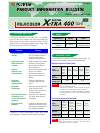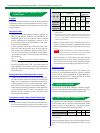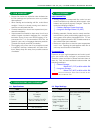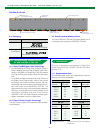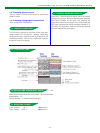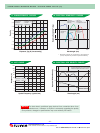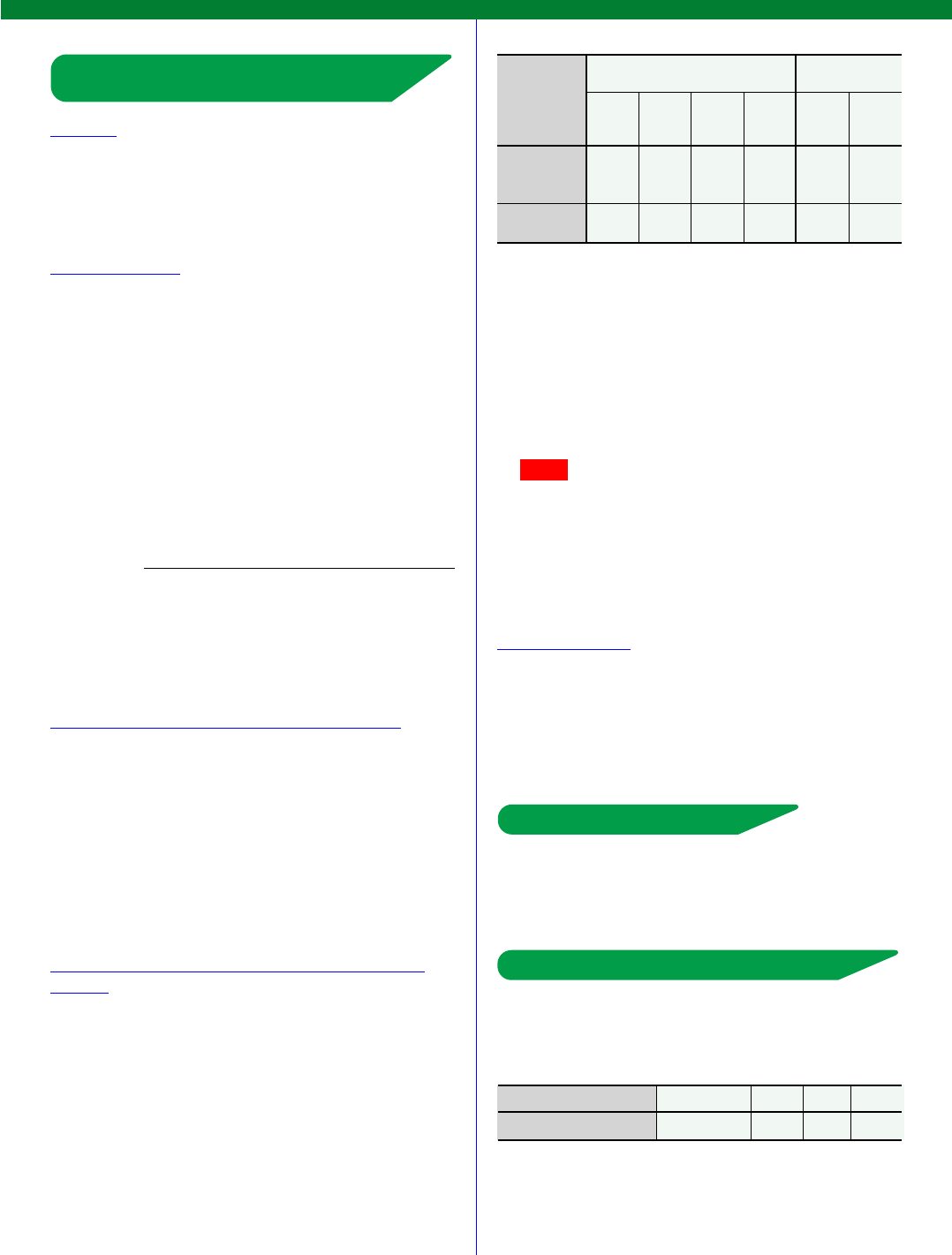
– 2 –
FUJIFILM PRODUCT INFORMATION BULLETIN • FUJICOLOR SUPERIA X-TRA 400
[
CH
]
4. EXPOSURE UNDER VARIOUS LIGHT
CONDITIONS
Daylight
Even when exposed under morning or evening twilight
conditions or when color temperatures are low, no spe-
cial filter use is needed as color balancing can be done
during printing.
Electronic Flash
• Electronic flash produces light similar to daylight, so
filters are not needed. However, the possibility of un-
desirable effects on color balance, due to various
factors (differences in equipment, amount of use,
etc.) should be taken into consideration. Test expo-
sures are recommended.
• If shutter speeds slower than 1/60 second are used,
light from non-flash sources, such as room lighting,
may cause color imbalances. Make test exposures.
• The use of a flash meter is advisable, but the follow-
ing formula can also be used to obtain satisfactory
lens opening.
Electronic Flash Guide Number (at ISO 400)
Electronic Flash-to-Subject Distance (meters or feet)
• Set the film speed at ISO 400. Since the amount of
light reflected onto subjects from surrounding sur-
faces will differ with the conditions, refer to the flash
unit instructions.
Daylight Photoflood/Photo-Reflector Lamps
• Daylight-type photoflood or photo-reflector lamp out-
put may be lower than that indicated by an exposure
meter, so it is advisable to compensate for this by in-
creasing exposure time or the lens opening. When-
ever possible, test exposures are recommended.
• Other factors requiring consideration when determin-
ing the exposure time, are lamp configuration, use
duration and line voltage, as they may affect lamp
output and color balance.
Fluorescent Lamps & High-Intensity Discharge
Lamps
• For the best results, the following combinations of
color compensating filters are recommended. How-
ever, for exacting work, test exposures are advisable.
Lens
Aperture
(f-number)
=
Lamp Type
Color
Compensat-
ing Filters*
Exposure
Corrections**
Daylight
(D)
10M
+10Y
+1/3
Cool
White
(C.W)
—
—
White
(W)
10C
+1/3
Warm
White
(W.W)
30C
+30M
+1
Deluxe
White
Mercury
10C
+1/3
Clear
Mercury
40M
+40Y
+1
1
/
3
Fluorescent
High-Intensity
Discharge
* Fuji Color Compensating Filters (or Wratten Color Compen-
sating Filters)
** Exposure correction values include filter exposure factors.
These values are added to unfiltered exposure meter read-
ings. A “+” followed by a number indicates the required in-
crease in lens opening.
• When the fluorescent lamp characteristics are un-
known, to obtain generally acceptable results, use a
30M compensating filter and open the lens one stop
(+1).
NOTE Different compensation may be required according to
special lamp types and length of use, so test expo-
sures are recommended, whenever possible.
• Shutter speeds of 1/125 second for high-intensity
discharge lamps and 1/30 second or larger, for fluo-
rescent lamps, will avoid AC power-induced changes
in brightness and color being recorded on the film.
Tungsten Lamps
A Fuji Light Balancing Filter LBB-12 (or Wratten filter
No.80A) is recommended along with a 2-stop increase
in lens opening, when using 3200 K tungsten lighting. In
the case of cameras with TTL metering, there is no need
for additional exposure compensation.
5. LIGHTING EQUIPMENT
The condition of umbrellas, reflectors, diffusers and like
devices, could influence photographic light quality. Peri-
odically check lighting equipment for deterioration.
6. LONG EXPOSURE COMPENSATION
No exposure or color balance compensation is required
for exposures within a 1/4000 to 2 second shutter speed
range. However, for exposures of 4 seconds or longer,
provide the compensations indicated below.
* A “+” followed by a number indicates the required increase in
lens opening.
Except for special effects, the normal intensity ratio for
main-to-fill subject lighting should remain within 1:4 lim-
its.
Exposure Time (sec.) 1/4000 to 2 4 16 64
Exposure Corrections* Unnecessary + 1/3 + 2/3 + 1



